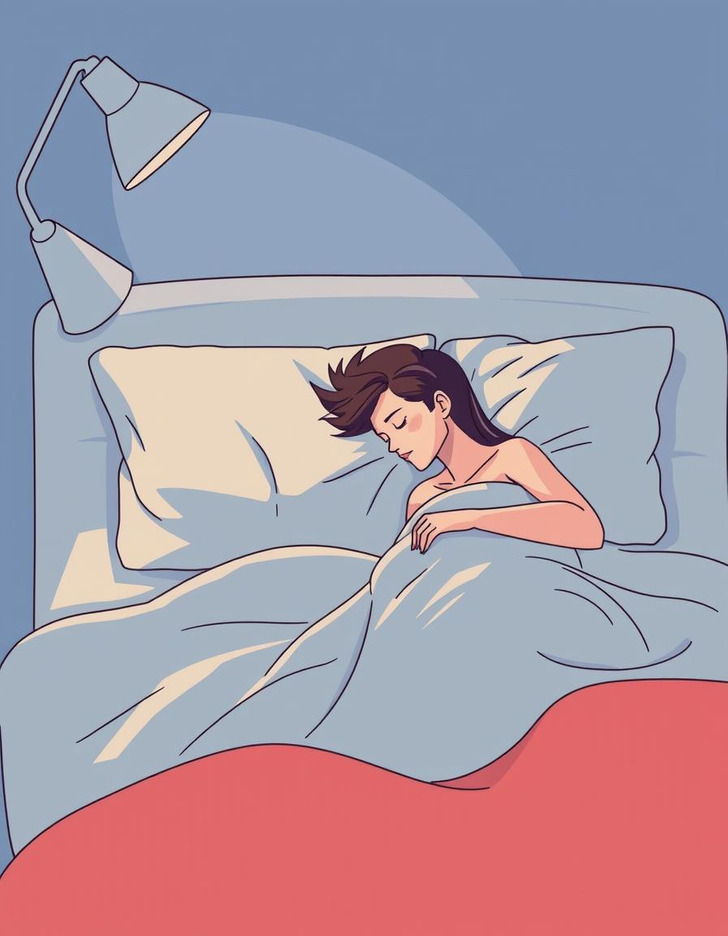12 Valuable Ways to Avoid the Path to Divorce


Delving into the intriguing shifts of historical attitudes, a fascinating cultural history uncovers an unexpected trend that endured until the mid-20th century. Prior to the 1950s, the idea of couples sharing a bed was often viewed as old-fashioned and potentially harmful to their well-being. This era, marked by evolving social norms and medical beliefs, saw many advocating for separate sleeping arrangements as a means to preserve health and promote better rest.

Reflecting the societal transformations of the late 19th century, the introduction of twin beds marked a significant shift from traditional sleeping practices. Initially embraced as a health precaution, separate beds became popular among couples as a means of mitigating perceived risks associated with sharing a bed. Concerns over hygiene and personal vitality fueled this trend, as people sought to enhance their individual well-being within their homes.
Victorian-era medical professionals were instrumental in shaping these changing attitudes towards sleeping arrangements. Their publications warned of the potential for germ transmission and the depletion of vitality from one partner to another. Such stern warnings painted a troubling picture of the potential health consequences of bed-sharing, leading many couples to adopt separate beds as a proactive measure for better health and comfort.

By the 1920s, twin beds had evolved beyond their basic function to symbolize elegance and luxury. Adopted enthusiastically by the middle class, these beds became a staple in homes, embodying ideals of cleanliness, comfort, and personal space. Their rise in popularity mirrored broader societal shifts, as couples increasingly pursued a sense of autonomy and modernity in their living arrangements. Twin beds not only catered to practical needs but also represented a new era of individualized comfort and style, reflecting the changing dynamics of domestic life.

As societal attitudes evolved, separate beds started to represent more than just modernity—they began to be seen as a sign of marital strife. By the 1950s, the ideal of shared beds became synonymous with a thriving marriage, casting twin beds as symbols of an outdated era. This transformation in perception highlighted a shift from earlier generations’ focus on personal comfort and individuality towards a renewed emphasis on traditional values of intimacy and unity in marriage. The move towards shared sleeping arrangements reflected a broader cultural return to conventional ideals of togetherness and closeness.

Through her meticulous research and insightful analysis, Professor Hilary Hinds sheds light on the evolution of domestic life and marital dynamics, offering a compelling perspective on the history of twin beds. Her examination goes beyond mere historical curiosity, providing a nuanced exploration of how these sleeping arrangements reflect broader shifts in societal views on intimacy and comfort. Hinds encourages us to reevaluate our perceptions of the past, revealing how changing preferences in domestic setups mirror deeper changes in human relationships. Her work not only deepens our understanding of historical social practices but also invites us to reflect on the enduring complexities of intimacy and the evolving nature of personal connections over time.

In Japan, it is common for couples to opt for separate sleeping arrangements, primarily due to divergent work schedules. For many, late-night shifts or early morning departures can disrupt their partner’s sleep, leading to diminished rest quality for both individuals. By choosing to sleep in separate rooms, couples can avoid such disturbances, allowing each person to enjoy uninterrupted and restorative sleep. This practice not only improves individual well-being but also contributes to a more harmonious relationship, as both partners benefit from better rest and overall health.

In Japanese culture, co-sleeping between mothers and their children is a deeply ingrained practice, underscoring its perceived benefits. Fathers face a choice between sharing the same bed or opting for separate sleeping arrangements. Research suggests that co-sleeping can enhance sleep quality for both parents and children by regulating the child’s temperature and heart rate, reducing the risk of sudden infant death syndrome (SIDS), and even contributing to the child’s independence and academic success.
Interestingly, separate sleeping arrangements are not viewed negatively in Japan. Instead, they are often seen as a practical solution for maintaining high-quality sleep. Couples who choose to sleep apart do so to avoid disturbances like snoring or restless movements, which can impact their overall rest. Although not everyone has the luxury of separate rooms, many Japanese couples still cherish the idea of uninterrupted sleep, highlighting its importance for personal well-being and rejuvenation.

Sleeping in different bedrooms can be surprisingly beneficial for a marriage, offering a chance to rejuvenate individual well-being and enhance overall relationship satisfaction. By embracing separate sleeping spaces, couples often find themselves less resentful and more content, as this arrangement allows each partner to enjoy uninterrupted rest and personal space. This separation can lead to a more harmonious relationship, reducing daily conflicts and fostering a renewed appreciation for shared time together. Many couples report that this strategy, particularly on weekends when work pressures are absent, helps them to reconnect more meaningfully, resulting in a happier, healthier marriage and more enjoyable moments when they do come together.
Speaking of sleep, did you know there are over 15 fascinating animals that can sleep with their eyes open? Imagine how convenient it would be to have this unique ability ourselves—no more missing out on life while catching some Z’s!











